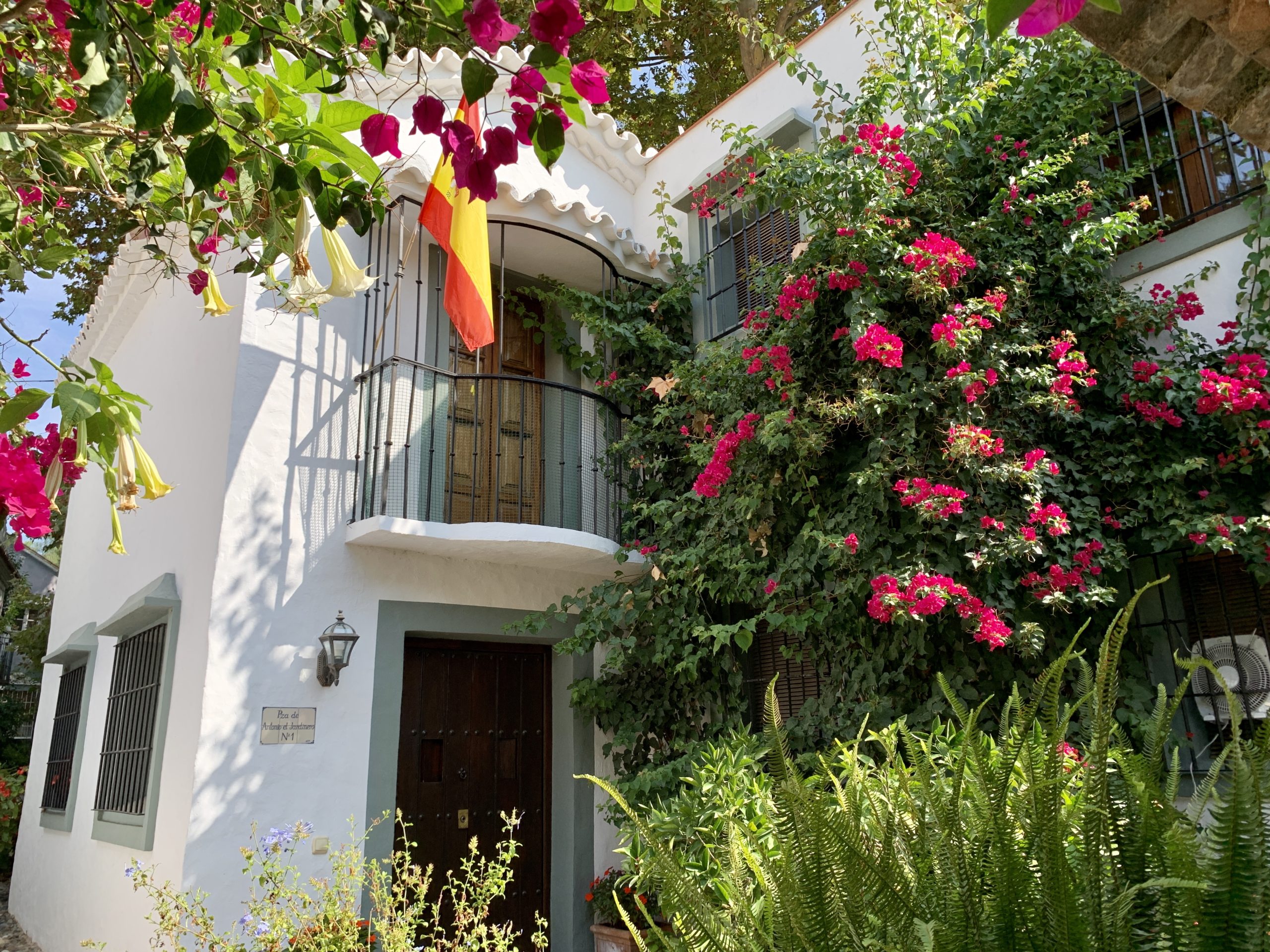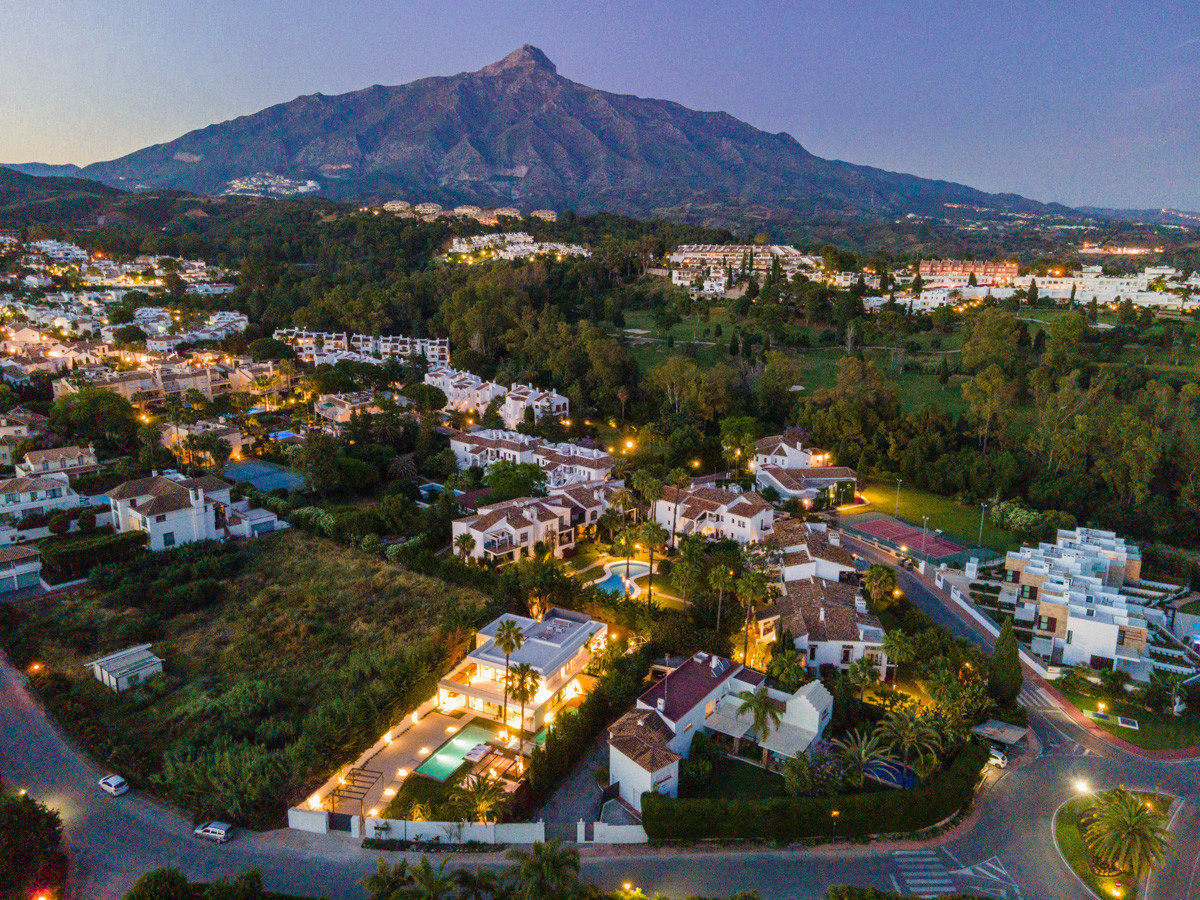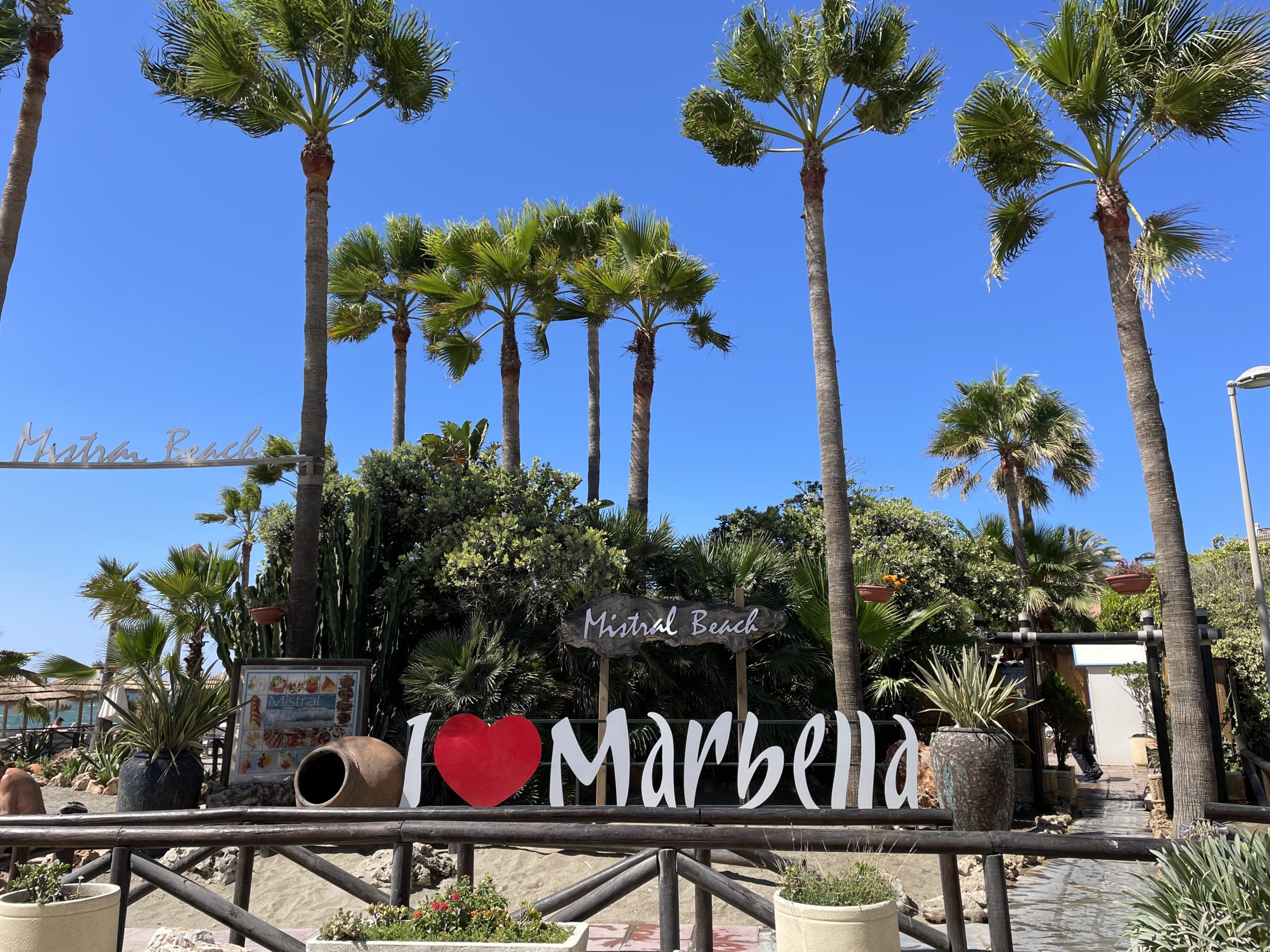Marbella in numbers. What do the data say about the local real estate market?
Marbella has long been associated with luxury, sun, and an international lifestyle. But behind this image there are also concrete numbers that show what the local real estate market really looks like. Data from the Association of Spanish Notaries help better understand who buys in Marbella, what the average prices are, and how the city compares to neighboring municipalities. Below you’ll find a summary of key statistics and a brief interpretation, helpful for buyers, investors, and people considering moving to the Costa del Sol.
What’s in the article?

Balanced market: local and foreign buyers
One of the most interesting conclusions from notarial data over the last 12 months is the structure of buyers. Many people perceive Marbella as a market almost entirely driven by foreign buyers. The reality, however, is somewhat more balanced.
In Marbella:
- 63% of all buyers are foreigners,
- 37% are Spanish buyers.
Importantly, the share of local buyers (Spanish) is higher here than in many neighboring towns, where international demand dominates almost entirely. This means that Marbella is not merely a “resort for foreigners”, but a city with a strong internal market and a local resident base.
This proportion also suggests greater market stability. Demand is not based solely on one segment (e.g., Scandinavians or Britons), but is supported by both Spanish residents and a broad group of buyers from various countries.
Who buys in Marbella? TOP 5 nationalities
Among foreign buyers, purchasers from Northern and Western Europe still dominate. Data show that the largest group are citizens of the United Kingdom, followed by Swedes and Dutch. The top five are completed by Germany and Poland.
The Top 5 account for more than half of all transactions carried out by foreigners in Marbella.
Most important nations among foreign buyers:
- United Kingdom: 13.42%
- Sweden: 8.83%
- Netherlands: 8.83%
- Germany: 6%
- Poland: 4.97%
Britons remain the largest group, despite Brexit and related difficulties. This shows that the Costa del Sol’s appeal for this group does not wane. Swedes and Dutch occupy joint second place, confirming Marbella’s strong position in Northern European markets. Germans remain an important, stable group of buyers. Poland in the top 5 is an interesting signal: the growing group of Polish investors and people buying for their own needs is increasingly making its presence known in Marbella’s market.
For people planning to buy or invest, this means Marbella is a clearly international market, but it does not attract similar buyer profiles by accident: people seeking good weather, high quality of life, a stable market, and a strong brand of location.

Average prices in Marbella against neighboring municipalities
Another important piece of information concerns average selling prices. In the last four months, Marbella’s average selling price was €711,138.
To better understand what this figure means, it’s worth comparing Marbella with two neighboring municipalities, Estepona and Benahavis. These three locations are frequently mentioned in discussions about buying property on the Costa del Sol, but they differ in market profiles and price levels.
Average selling price and number of transactions in the last 12 months:
- Benahavis: €928,593 and 710 transactions
- Marbella: €711,138 and 4,322 transactions
- Estepona: €393,544 and 3,568 transactions
How to read this?
Benahavis: is a municipality with the highest price level among the three compared locations – on average close to €1 million. At the same time, the number of transactions here is relatively low, which suggests a more exclusive market, smaller in scale, but with high price levels (luxury villas, gated communities, premium projects).
Marbella: with an average price of around €711k, it sits between Benahavis and Estepona. The number of transactions shows that this is a market that is both active and fairly broad, divided into many segments, from city apartments to higher-end properties. Marbella is thus a kind of “center of gravity”:
- price-midpoint in terms of price,
- strong in terms of sales volume,
- attractive for different buyer profiles: from people looking for a sunny home to investors thinking in terms of long-term returns.
Estepona: is currently a more affordable market among the three, with a high number of transactions. It is often seen as an alternative to Marbella: slightly cheaper, developing rapidly, with a large number of new projects.

What do these data mean for buyers and investors?
Collected figures allow drawing a few practical conclusions:
1. Marbella remains a balanced market: strong presence of Spanish buyers (37%) stabilizes the market and ensures it is not solely dependent on one country or group of foreign buyers.
2. The international character of the city is undeniable: the dominance of buyers from the United Kingdom, Sweden, the Netherlands, Germany, and Poland confirms that Marbella is a brand recognizable on multiple markets at the same time. This is important for long-term liquidity and resale of properties.
3. The price level places Marbella in the “upper-mid to high” segment: an average price of around €711k means that:
- you can find both premium properties,
- as well as a broad offer of mid-to-upper-range market properties, still with high liquidity of transactions.
4. The scale of the market supports flexibility of strategies: over 4,300 transactions in a year is a signal that Marbella offers diversified opportunities:
- purchase for personal use,
- investment for long-term rental,
- a holiday property,
- flip projects (though these are the hardest).

Summary
The cited data show Marbella’s real estate market, which is:
- strongly international, but not detached from the Spanish buyer base,
- dynamic in terms of the number of transactions,
- priced between more affordable Estepona and the exclusive Benahavis,
- attractive for different buyer profiles: from people looking for a sunny home to investors thinking in terms of long-term return.
If you are considering buying property on the Costa del Sol, “Marbella in numbers” can be a good starting point for further analyses and comparisons with other municipalities, checking specific neighborhoods and tailoring your strategy to your goals: living, investing, or combining both motivations.



